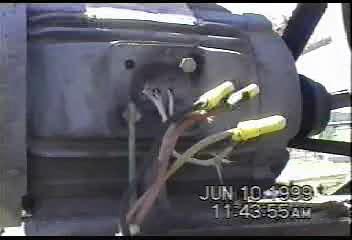Woodworking
Hazards and Solutions
Workers operating woodworking equipment suffer the following common injuries:
- laceration
- amputation
- severed fingers
- blindness
Health hazards for woodworking include wood dust and chemicals used for finishing products, which may cause skin and respiratory diseases.
- Guide for Protecting Workers from Woodworking Hazards. OSHA Publication 3157, (1999).
- Personal Protective Equipment. OSHA Publication 3151, (2023). Discusses the types of equipment most commonly used to protect the head, torso, arms, hands, and feet. Additional topics include requirements, hazard assessment, selection, and employee training.
- Hand and Power Tools. OSHA Publication 3080, (Revised 2002). Presents to employees and employers a summary of the basic safety procedures and safeguards associated with hand and portable power tools.
- Wood Products: Woodworking. OSHA eTool. Provides information on topics such as assembly, production, and shipping.
- Materials Handling and Storing. OSHA Publication 2236. Helps employers know and understand the potential hazards associated with the task at hand and how to control their workplaces to minimize the danger.
Exposed Electrical Wiring - 480 volt motor


